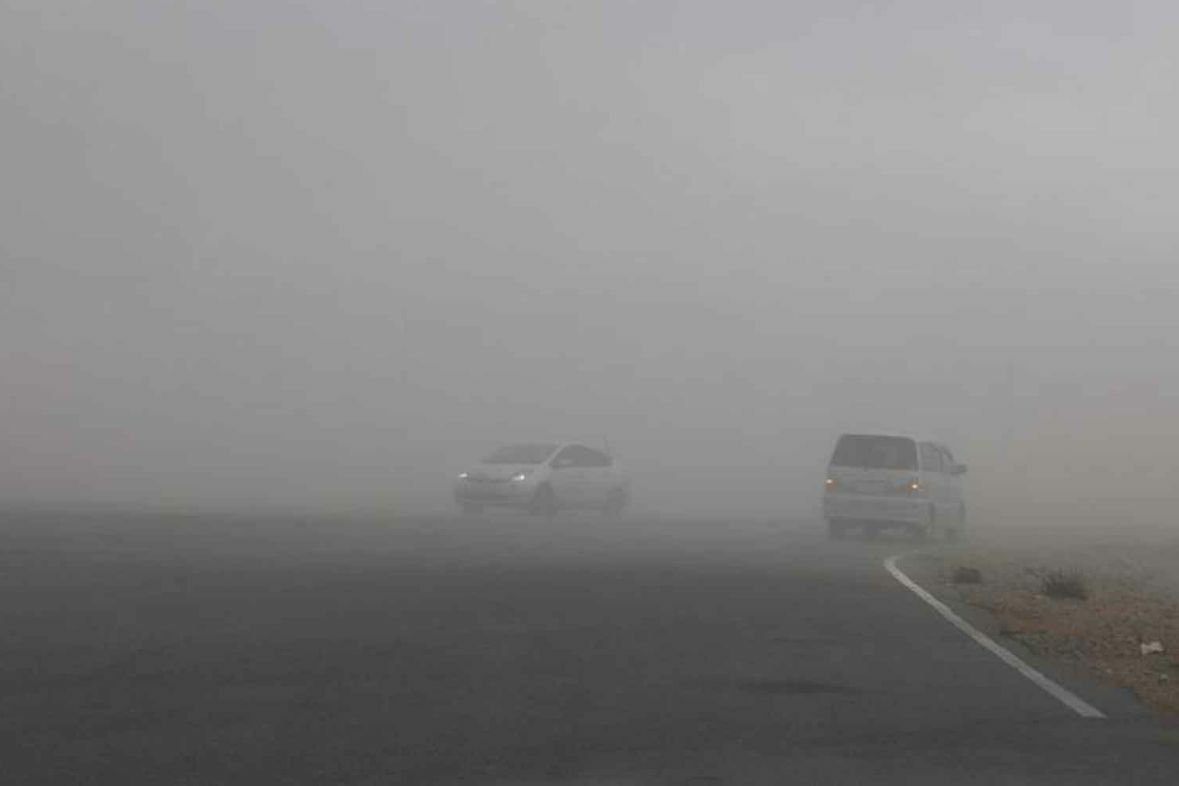Mongolia battles desertification as yellow dust storms become more frequent

Baruun-Urt, Mongolia is witnessing frequent strong winds and heavy dust storms as the country experiences increasing desertification and land degradation. A decline in vegetation cover has affected approximately 77% of Mongolia’s total territory, according to the Ministry of Environment and Tourism. Climate change and human activities are believed to be the primary causes of desertification in the country.
In April, most regions of Mongolia were struck by powerful winds and dust storms almost every day. Climate change-related desertification has been identified as the main factor behind the rise in yellow dust storms across the country in recent years. Mongolia’s environment ministry has noted that soil deterioration is a significant side effect of these storms.
The average temperature in Mongolia has increased by 2.25 degrees Celsius over the past 80 years, three times the rise in average global temperatures. Altangerel Enkhbat, head of the public administration and management department at the Ministry of Environment and Tourism, says that annual precipitation has reduced by 7% to 8% in this same period. Enkhbat believes that the increasing frequency of natural disasters due to climate change is a significant contributor to yellow dust storms in Mongolia.
Environment and Tourism Minister Bat-Ulzii Bat-Erdene emphasized that addressing environmental issues like desertification requires joint actions from all countries in the region. Mongolia-originated yellow dust storms are known to reach countries such as China, South Korea, and Japan.
Human activities, including overgrazing, irresponsible mining practices, and unpaved rural roads, exacerbate desertification and land degradation. Overgrazing, in particular, reduces grass that holds soil in place, intensifying land degradation.
Mongolia’s mining sector accounts for over 20% of the country’s Gross Domestic Product (GDP), but environmental protection has not kept pace with the industry’s expansion. With over 360 rivers, streams, lakes, and springs drying up in 2022 alone, mainly due to improper land use and natural resource exploitation, this issue cannot be ignored.
To combat desertification, Mongolia initiated the nationwide “Billion Trees” campaign under President Ukhnaa Khurelsukh’s leadership. Since its launch in October 2021, the initiative has planted more than 16.7 million trees across the country, with a goal of planting at least 1 billion trees by 2030.
Furthermore, Mongolia is cooperating with foreign countries and international organizations on desertification issues. The country’s national committee, responsible for climate change and desertification reduction, is collaborating with other nations to learn from their anti-desertification plans and support for tree-seedling enterprises.
In November 2022, Mongolia signed a memorandum of understanding with the European Union (EU) to partner on sustainable forest management. As a result, Mongolia became the first Asian country to join the EU’s Forest Partnerships. In addition, Mongolia is set to host the 17th Conference of the Parties (COP17) of the United Nations Convention to Combat Desertification in 2026.
Latest Thailand News
Follow The Thaiger on Google News:


























